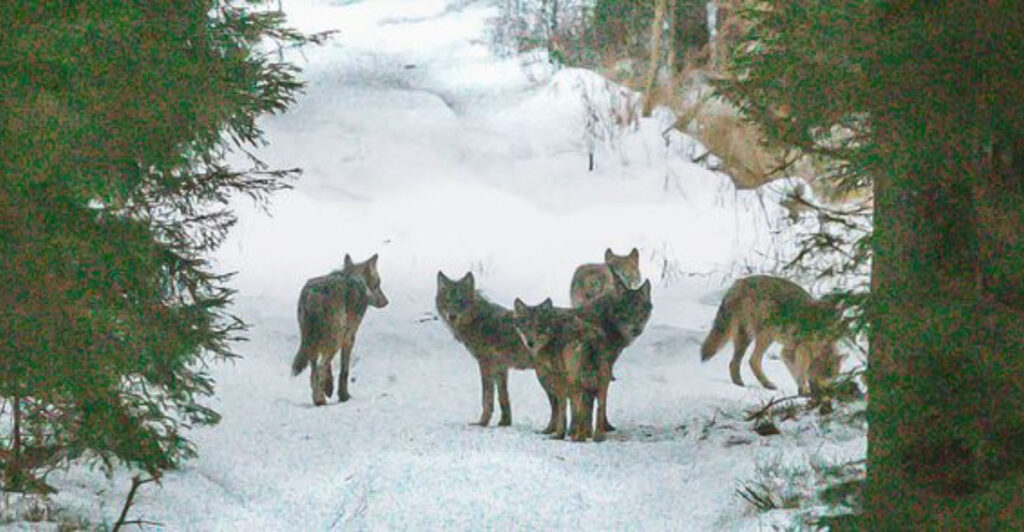Watching wolves hunt in their natural habitat remains one of nature’s most thrilling experiences. Few people ever witness these intelligent predators working together as a coordinated team.
Hidden sanctuaries and remote wilderness areas around the world offer rare opportunities to observe wolf packs displaying their ancient hunting instincts.
These special places provide unforgettable encounters with one of the world’s most magnificent predators.
1. Lamar Valley – Yellowstone National Park, USA
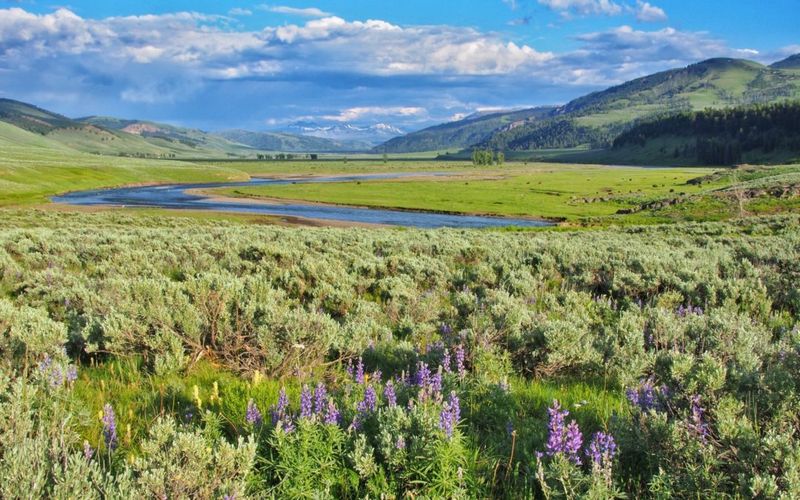
America’s Serengeti stretches across rolling grasslands where wildlife drama unfolds daily. Wolf packs here have perfected the art of hunting massive elk and powerful bison through generations of practice.
Dawn and dusk offer the best viewing opportunities when wolves emerge from treelines to begin their coordinated hunts. Visitors can position themselves along roadside pullouts with binoculars and spotting scopes.
Winter months provide exceptional visibility as snow forces prey into open valleys where wolves can be observed stalking and surrounding their targets with remarkable tactical precision.
2. Voyageurs National Park – Minnesota, USA
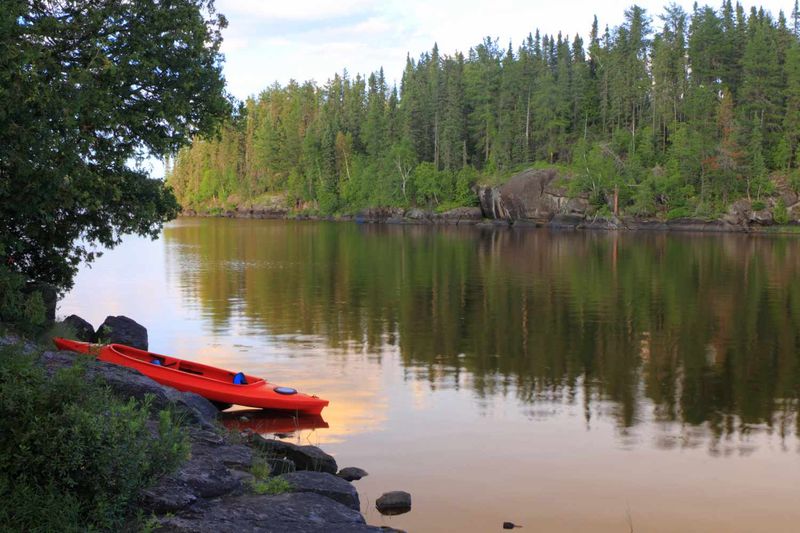
Dense boreal forests create the perfect backdrop for one of America’s highest wolf population densities. Remote waterways and thick woodland provide ideal hunting grounds for gray wolf packs.
Canoe expeditions through interconnected lakes offer unique vantage points for observing wolves along shorelines during their hunting expeditions. Professional guides know exactly where packs frequently travel and hunt.
Early morning mist often reveals wolves moving silently through marshlands, stalking deer and moose with incredible stealth and patience that showcases their evolutionary hunting mastery.
3. Sierra de la Culebra – Spain
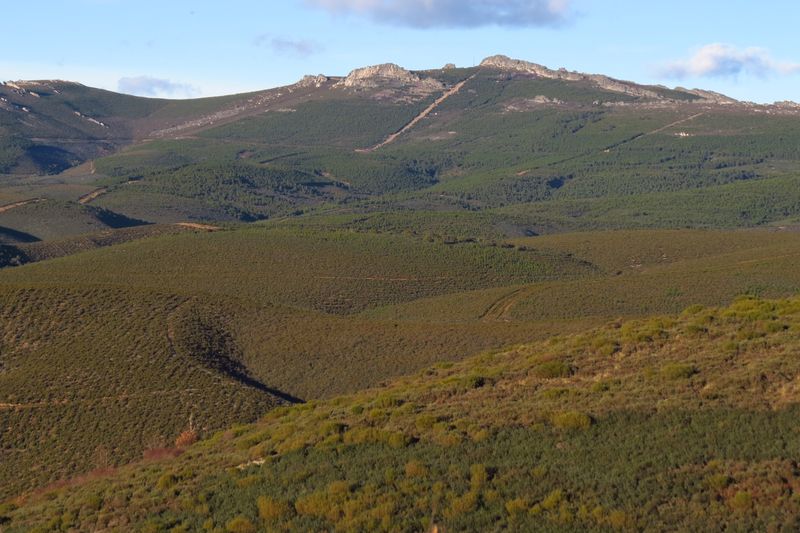
Iberian wolves roam freely across this sparsely populated Spanish region, displaying hunting behaviors rarely seen elsewhere in Europe. Their unique white lip markings make them easily distinguishable from other wolf subspecies.
Wildlife hides positioned strategically throughout the region allow visitors to observe hunting activities without disturbing natural behaviors. Expert local guides understand pack territories and movement patterns intimately.
Dawn expeditions frequently reward patient observers with sightings of wolves coordinating complex hunts for wild boar and roe deer across the rugged, mountainous terrain.
4. Carpathian Mountains – Romania
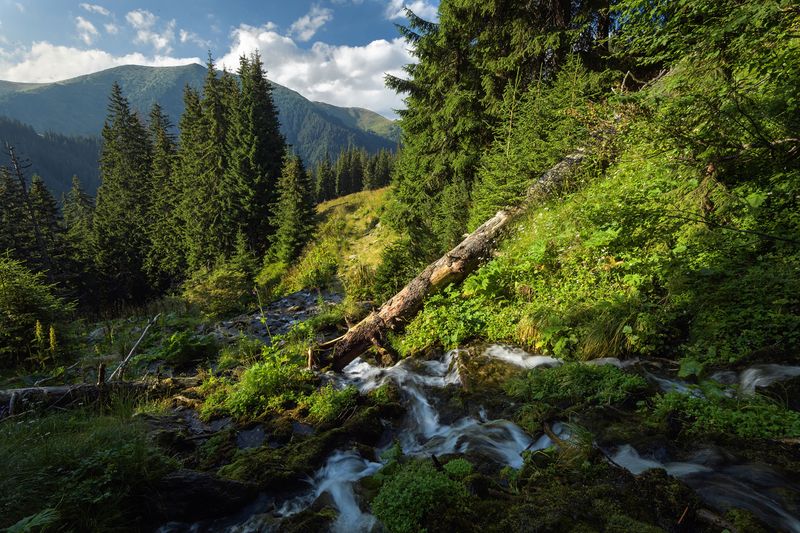
Ancient old-growth forests shelter Europe’s largest wolf populations in pristine wilderness conditions. These massive woodlands provide endless hunting opportunities for well-established wolf packs.
Winter tracking expeditions reveal fresh hunting trails in snow, leading visitors to areas where wolves recently brought down red deer or wild boar. Experienced guides read tracks like stories.
Moonlit nights sometimes offer glimpses of wolves moving through forest clearings, their eyes reflecting light as they coordinate silent approaches toward unsuspecting prey animals grazing nearby.
5. Białowieża Forest – Poland
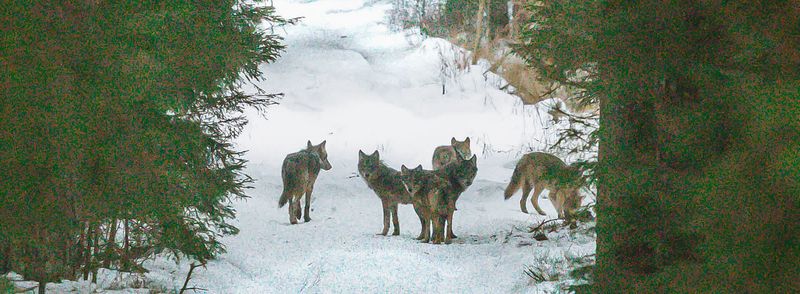
Europe’s last primeval forest provides an unchanged hunting ground where wolves have operated for thousands of years. This UNESCO World Heritage site maintains completely natural predator-prey relationships.
Organized winter tracking reveals hunting trails and behavioral patterns preserved in snow. Wolves here demonstrate hunting techniques passed down through countless generations without human interference.
Patient observers sometimes witness wolves testing European bison herds, probing for weak or injured animals in dramatic confrontations between Europe’s largest predator and prey species.
6. Isle Royale National Park – Michigan, USA
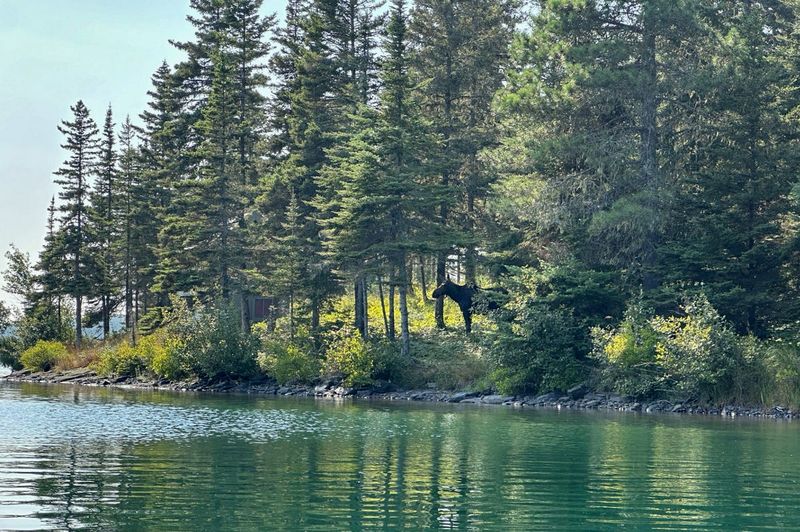
Isolated on Lake Superior, this remote island creates a unique laboratory where wolves hunt massive moose in an enclosed ecosystem. Sightings remain rare but incredibly authentic when they occur.
Wolf-moose interactions here have been studied for decades, providing insights into predator-prey dynamics. Visitors can access research data and tracking information from ongoing scientific studies.
Backpacking expeditions into interior wilderness areas occasionally reward adventurous travelers with glimpses of wolves testing moose herds along marshy lakeshores during early morning hours.
7. Abruzzo, Lazio and Molise National Park – Italy
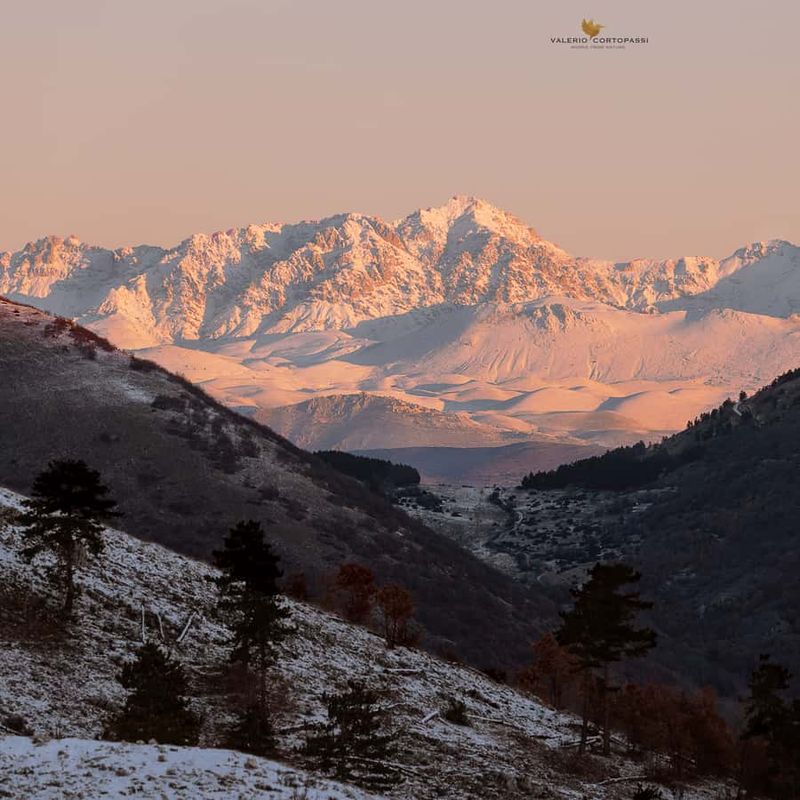
Rugged Apennine Mountains provide dramatic hunting grounds where Italian wolves pursue wild boar and red deer through steep terrain. These wolves show remarkable adaptability to mountainous conditions.
Expert-guided eco-tours position visitors in strategic locations during winter months when snow forces prey into predictable travel corridors. Local guides possess generations of wolf knowledge.
Evening expeditions often reveal wolves moving along ridge lines, silhouetted against sunset skies as they coordinate hunts across valleys filled with unsuspecting deer and boar populations.
8. Bieszczady Mountains – Poland
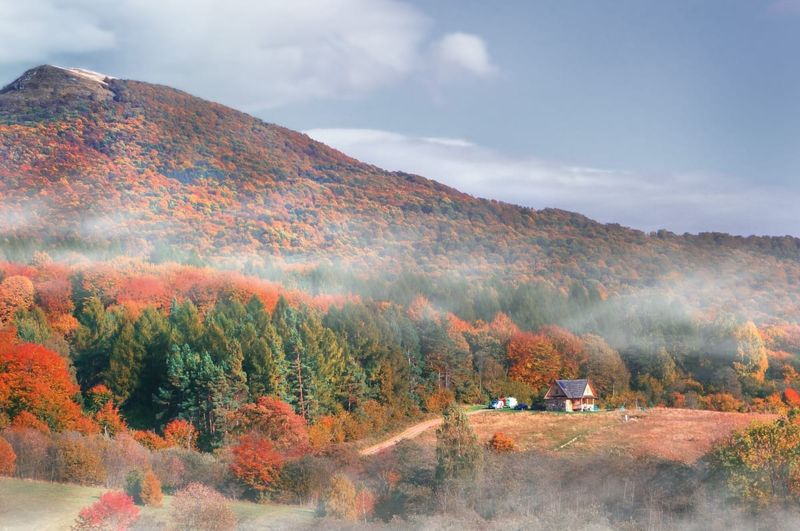
Eastern Carpathian foothills offer low-tourism wilderness where wolves hunt undisturbed by human presence. Fresh snowfall reveals hunting patterns and pack movements with crystal clarity.
Protected terrain ensures wolves maintain natural behaviors while pursuing red deer and wild boar through mixed forest environments. Remote location guarantees authentic wildlife experiences.
Multi-day wilderness expeditions provide opportunities to follow hunting trails and observe territorial markings that indicate active pack areas where hunting activities occur most frequently throughout the region.
9. Tatra National Park – Slovakia
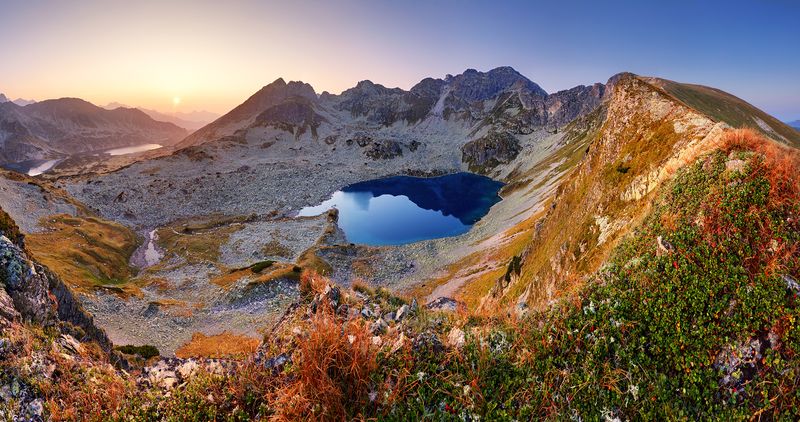
Remote valleys carved between dramatic peaks shelter Eurasian wolf packs in pristine spruce forests. High altitude environments create unique hunting challenges and opportunities.
Guided observations from concealed hides allow visitors to witness predation behaviors during winter months when wolves descend to lower elevations seeking prey animals.
Alpine meadows become hunting grounds where wolves coordinate complex strategies to capture red deer and chamois, demonstrating remarkable teamwork across steep, challenging mountain terrain.
10. Northern Rockies – British Columbia, Canada
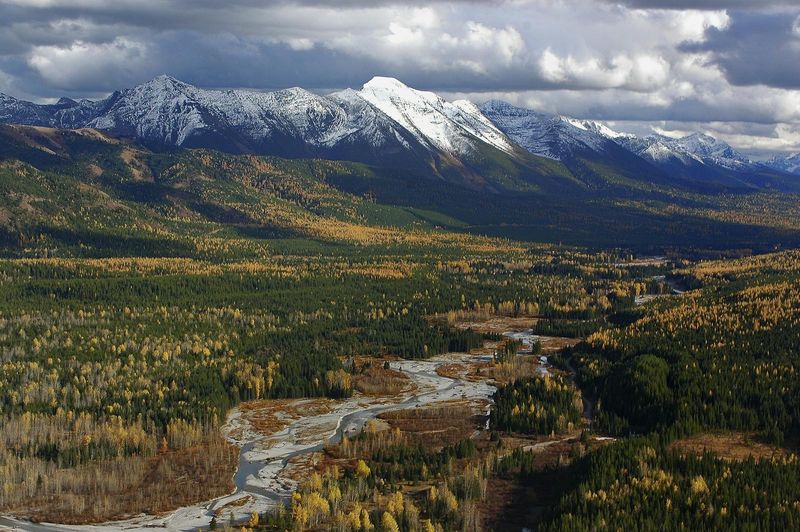
Vast wilderness regions provide endless hunting territories where gray wolf packs pursue caribou and elk across untouched landscapes. Remote locations require fly-in access for wildlife observation.
Professional wildlife guides use aircraft to locate active pack areas and position visitors for optimal viewing opportunities. These expeditions offer unparalleled access to pristine wolf habitat.
Caribou migration routes become hunting highways where wolves demonstrate sophisticated strategies, working together to separate individuals from massive herds moving across the northern wilderness.
11. Zemplén Hills – Hungary
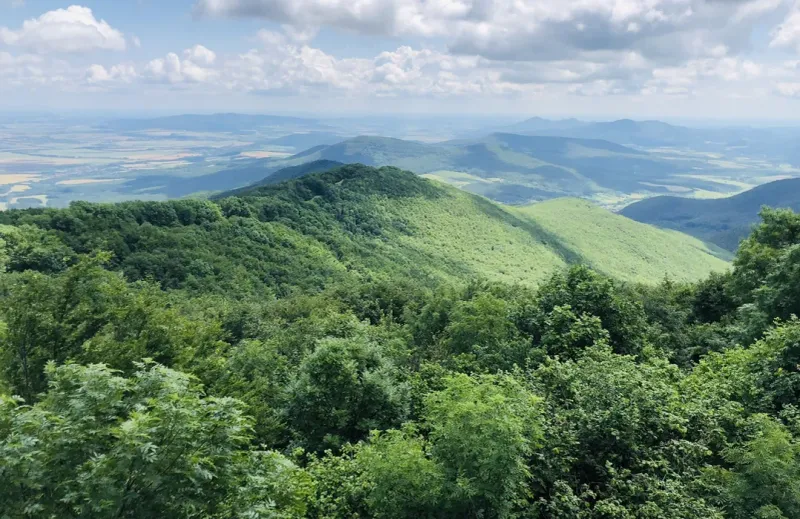
Naturally returning wolf populations have reestablished hunting territories in this lesser-known region. Quiet terrain and minimal human disturbance create ideal conditions for observing natural behaviors.
Local conservation groups organize specialized wolf-tracking expeditions that follow fresh hunting trails through mixed deciduous forests. Community involvement ensures sustainable wildlife viewing practices.
Dawn patrols frequently encounter wolves testing wild boar sounders and red deer herds, demonstrating hunting techniques that disappeared from this region for decades.
12. Western Tatras – Czech/Slovak Border
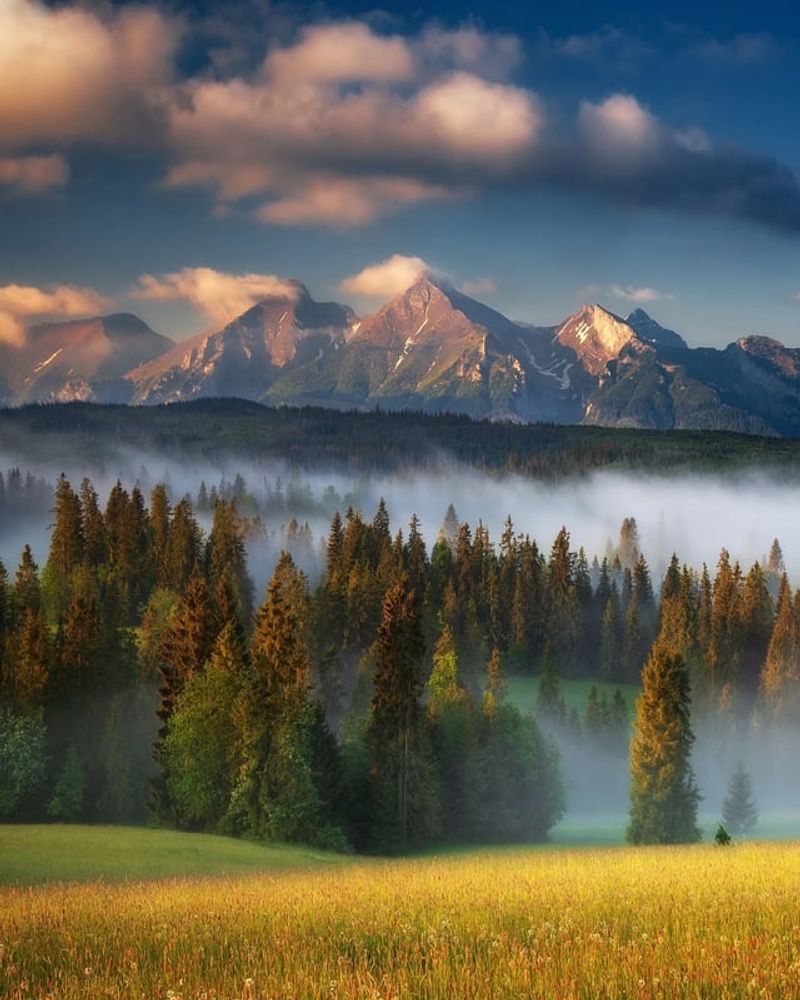
Mountainous border terrain supports recovering wolf populations that hunt across international boundaries. Remote location ensures minimal human interference with natural hunting behaviors.
Winter tracking provides the best opportunities to observe hunt trails and behavioral signs left in snow. Cross-border conservation efforts protect these recovering populations.
High-altitude forests become hunting grounds where wolves pursue red deer and wild boar, adapting ancient hunting strategies to challenging mountain environments and terrain.
13. Kainuu Wilderness – Finland
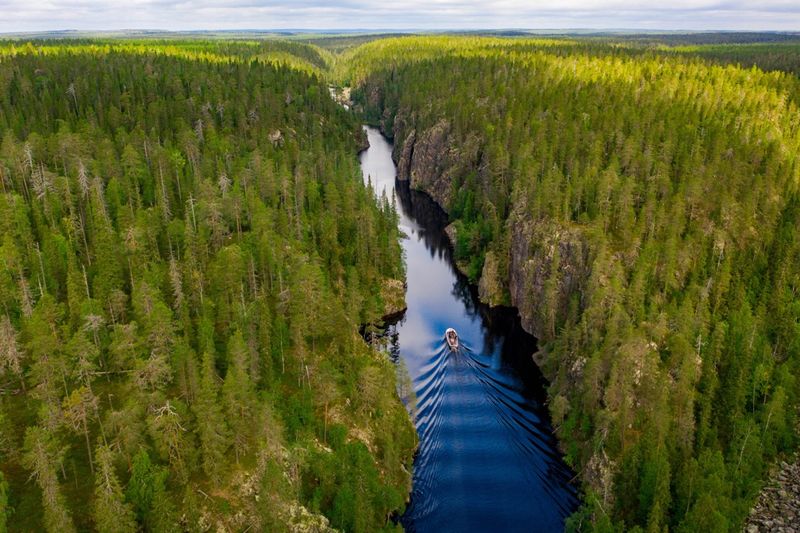
Dense boreal forests create hunting grounds where wild wolves operate alongside bears and lynx in complex predator relationships. Late evening expeditions offer optimal viewing opportunities.
Guided wildlife tours navigate through pristine wilderness areas where wolves hunt reindeer and elk during extended northern twilight hours. Snow season provides exceptional tracking conditions.
Multi-predator ecosystems showcase wolves adapting hunting strategies to avoid conflicts with brown bears while successfully pursuing prey through thick forest understory and frozen marshlands.

